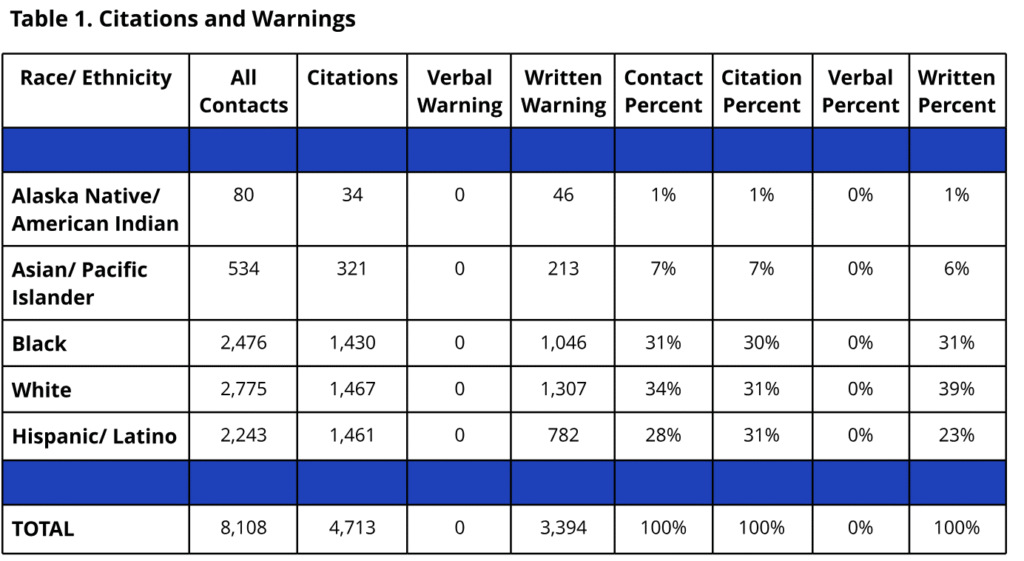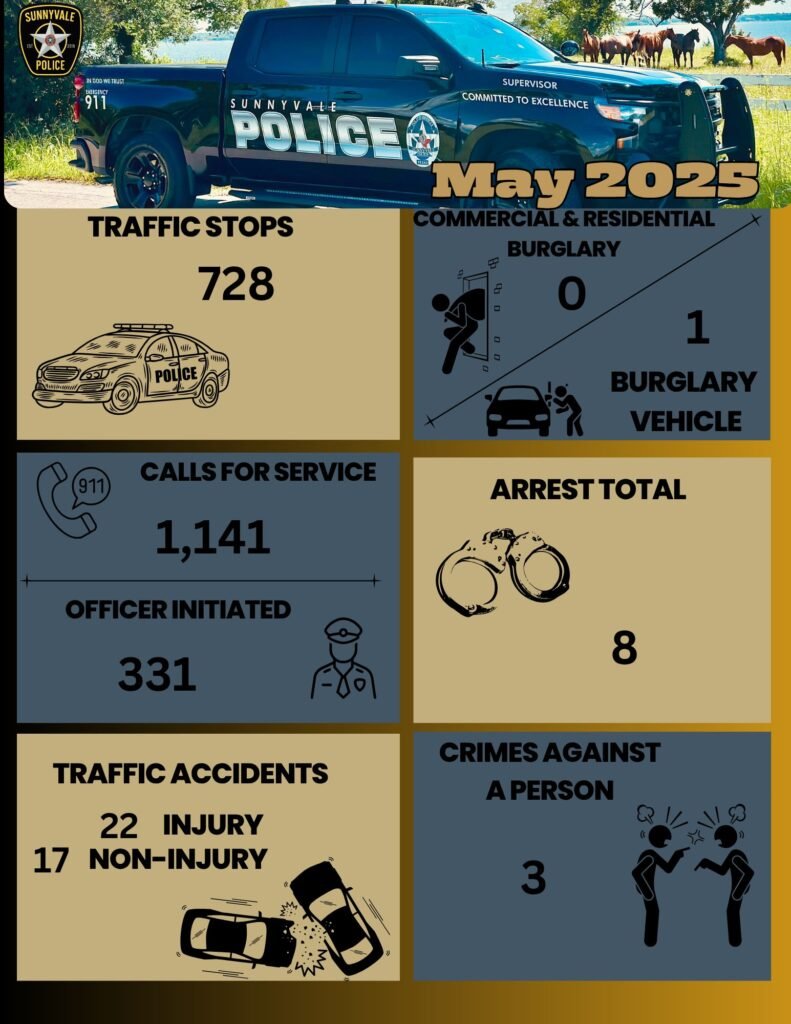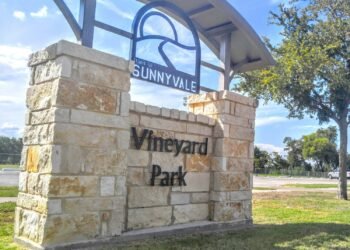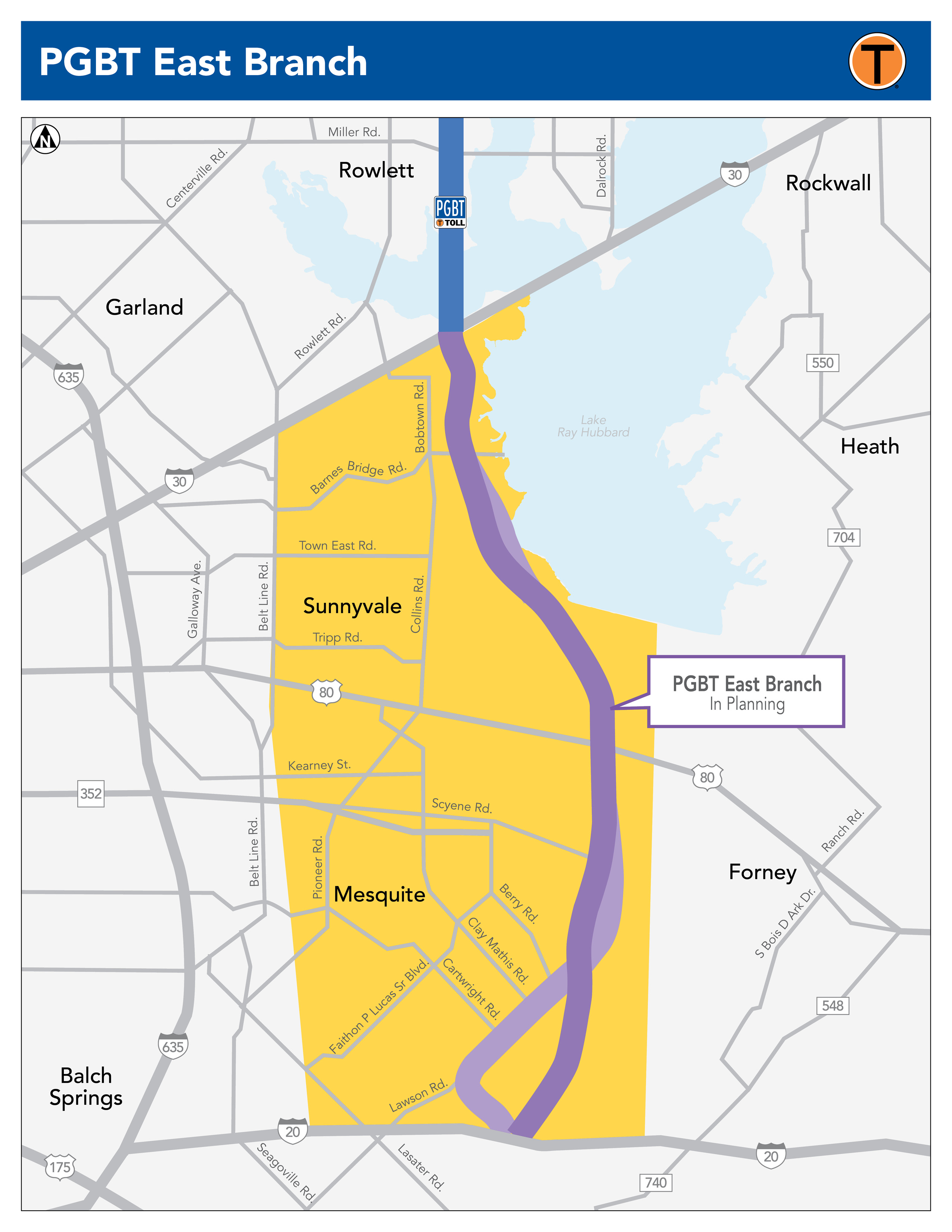Nearly 10 years ago in July 2015, Sandra Bland was arrested during a traffic stop in Prairie View, Texas for failing to signal a lane change. As TX Department of Safety Trooper Brian Encinia began writing her a ticket, their interaction became heated, and when Sandra refused Brian’s request that she put out her cigarette (she was smoking in her own car, which is legal), he opened her car door, demanded she get out of the car, pulled out a weapon, and told her “I will light you up” if she didn’t comply. Ultimately, Brian’s poor handling of the traffic stop led to her arrest on suspicion of assaulting a public servant, and Sandra was thrown in a jail cell, where she was found hanged three days later.
Sandra’s family won a wrongful death lawsuit for $1.9 Million, and Brian Encinia was fired from DPS and charges of perjury against him were dropped in exchange for Brian agreeing to give up his police license and never seek another job in law enforcement. In June 2017, Governor Abott signed the “Sandra Bland Act” into law, which builds on the Texas Racial Profiling Laws of 2001 and 2009 by requiring that law enforcement agencies in the state collect additional data and provide a more detailed analysis on racial profiling at traffic stops.
Sunnyvale’s annual racial profiling report was completed this month. The report outlines the training that Sunnyvale Police officers have completed, the police department’s interactions with people at traffic stops, any complaints made by individuals after the incident, and analysis of those interactions to understand whether there is evidence of racial profiling. The analysis was done by Alex del Carmen, Executive Director of the School of Criminology and Criminal Justice at Tarleton State University, who has been training police chiefs and officers across Texas for a long time. The report main finding appears to be that:
“The search analysis demonstrates that the police department is engaging in search practices consistent with national trends in law enforcement.”
In other words, there is no evidence for racial profiling by our police department–a good finding!

It’s an interesting report. One thing that stands out is that relative to our town’s population, there appears to be an over-representation of Black and Hispanic/Latino drivers pulled over by police. In the Town Council meeting discussing this report, Police Chief Bill Vegas and Council Member George Woodrow Jr. noted that this is because a lot of non-Sunnyvalers drive through the town regularly, not a sign of bias or animus.
Among searches and arrests during these stops in 2024, 11 out of the 13 searches Sunnyvale Police conducted found some type of contraband. However, only one led to an arrest. It would be interesting to know what kind of contraband doesn’t lead to an arrest. Since there was only one arrest from a traffic stop reported in 2024, was this contraband some type of stolen property, an illegal weapon, or something related to drug activity?

The report is helpful, but the statistics are reported a bit strangely. For example, 6 out of 7 (86%) searches of black drivers and 2 out of 3 (67%) searches of white drivers resulted in contraband being found, but the “Percent Contraband Found” columns are reported as 55% and 18%, respectively. This is because the report takes the 6 and 2 instances where contraband was found and divides them by the 11 total instances where contraband was found.
If I’m looking for racial bias where officers are harassing one ethnic group, I would prefer to look for cases where a population has a high share of overall searches but a low share of successful searches. The last table of analysis (below) gets close to this, showing the contraband “hit rates” correctly, but still shows the search percent relative to the number of searches, not the population. If we instead looked at “searches “search rates” relative to people stopped, those columns be [0, 0, 0.28%, 0.1%, 0.13%]–i.e., black drivers are stopped nearly three times as often as white drivers, but the hit rate is 86% versus 67%, suggesting these are well-justified searches.


The analysis looks good for Sunnyvale PD. It’s going to take some time for me to dig into how our town compares to other nearby departments like Mesquite, Rowlett, or Forney, but a brief search shows clearly that: our town does a lot fewer searches per traffic stop than some other towns, and those towns have substantially lower hit rates around 48-58%.
It’s hard to say what the right search rate should be (is ours too low), or what hit rate the department should be aiming for, but a recent study by Frank Baumgartner at University of North Carolina finds that nationally, search rates are around 3% and hit rates are around 20%. In accordance with Professor Baumgartner’s research, a lower search rate and a higher hit rate is good for law enforcement–as communities moved away from over-policing through traffic stops, the number of 911 calls went up, as residents trusted their police more.

Sunnyvale PD’s department was founded in 2019, so it’s still very new, but it’s got 23 members and a budget of around $4.2 million, so it’s a substantial investment in our town’s safety and well-being. Sunnyvale PD’s Facebook page is a great resource to engage with our police department. They share upcoming events like “Coffee with a Cop,” severe weather notices, and Citizens Police Academy, along with some regular reporting on crime in the town. They also have a number of announcements celebrating the ways our police are helping the community. We’ll cover the department’s future plans and how it compares to other departments in later posts, but if you see a Sunnyvale cop on the beat, congratulate them on a good report!











